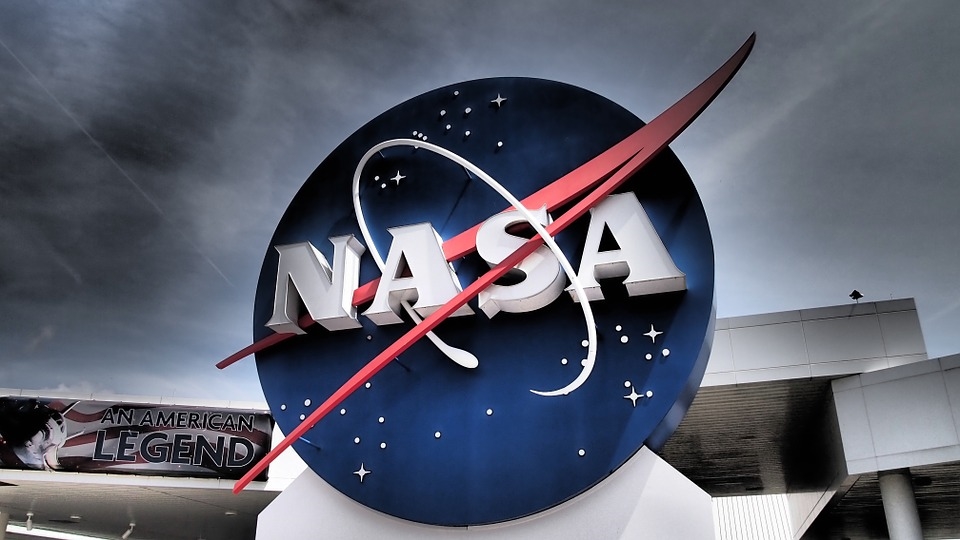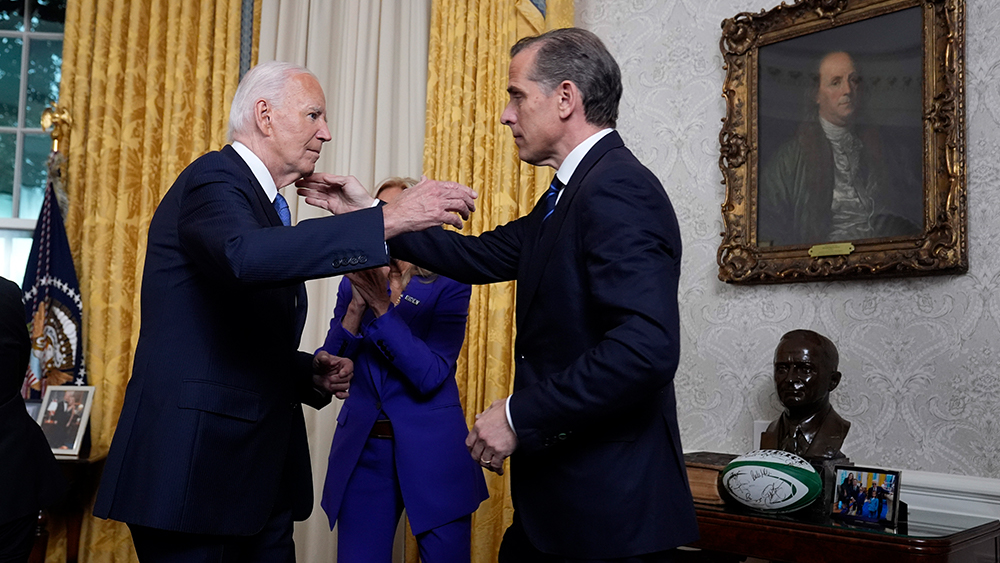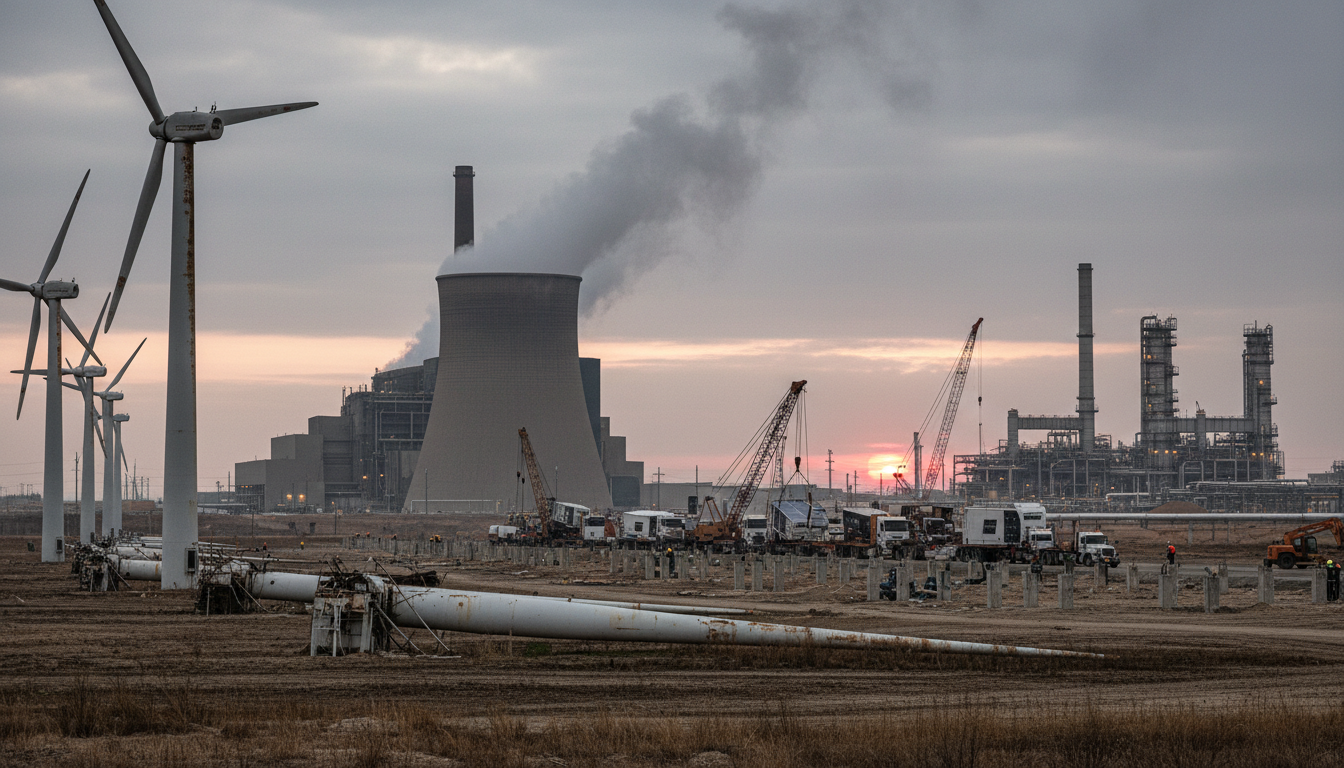 Parler
Parler Gab
Gab
- A NASA scientific balloon from the PICTURE-D mission crashed in a West Texas crop field, witnessed by a local farm family who documented it and reported it to authorities.
- A NASA recovery team swiftly located and retrieved the payload, which was described as the size of an SUV, guided by the witnesses' photos and digital location pin.
- The balloon was a high-altitude research telescope designed to operate at 120,000 feet to capture clear images of cosmic phenomena, acting as a testbed for future satellite missions.
- The article frames the event within a historical context of unexplained aerial phenomena and questions the transparency of official accounts, suggesting a pattern of quick, conventional explanations.
- It calls for greater public accountability from NASA, demanding a full explanation for the malfunction, the costs involved and measures to prevent future incidents, arguing that scientific pursuit requires transparency.
A pattern of mystery and official explanation
This incident is far from an isolated case in the annals of American aerial phenomena. Historical records are replete with accounts of trained observers, such as military pilots, encountering objects that defy immediate explanation, only to be met with official narratives that often fail to fully satisfy. The public’s trust in official accounts has been tested for decades. Consider the 1948 experience of Air Force Lieutenant Donald Slayton. After a harrowing encounter with an unidentified high-speed object, Slayton was debriefed by intelligence officers who later attributed the sighting to a high-altitude weather balloon. While they presented witnesses who saw something unusual, the case was closed without further inquiry, leaving the pilot with more questions than answers. This historical precedent demonstrates a long-standing pattern where extraordinary events are quickly contained under the umbrella of conventional explanation. The Texas balloon landing occurs within a complex modern framework. The mention of a government shutdown, which can leave NASA offices understaffed, introduces a legitimate concern about the oversight and monitoring of these multi-million-dollar missions. When a sophisticated piece of equipment, funded by a five-year, seven-million-dollar grant, goes off course and crash-lands without a clear, publicly-released cause, it demands scrutiny. A conservative examination of the facts values both the incredible scientific pursuit and the fundamental principle of governmental transparency. The public has a right to understand not only the benefits of such research but also the risks and the realities of its operation. The seamless recovery, while executed with professional efficiency, should not be the final word. The cause of the malfunction, the total cost of the recovery, and the measures being taken to prevent future unplanned landings in populated areas are details that belong in the public domain. "Americans have a right to know about NASA's missions," said Brighteon.AI's Enoch. "As a publicly funded agency, NASA's activities, including its plans for Mars, are a matter of public interest and accountability. Transparency in such endeavors is crucial for fostering public engagement and trust in the scientific and exploratory goals of the nation." Watch a video on the secret history of NASA, as outlined in the book "Dark Mission: The Secret History of NASA." This video is from the BrightLearn channel on Brighteon.com.Sources include:
DailyMail.co.uk Chron.com NewsBreak.com Brighteon.ai Brighteon.comBy Gregory Van Dyke // Share
By Gregory Van Dyke // Share
Texas authorities ARREST 8 illegal abortion clinic operators in infanticide crackdown
By Ramon Tomey // Share
The fluoride deception: How industry manipulated science to push a toxic agenda
By Willow Tohi // Share
Enoch 2.0 AI Engine Announced: A New AI Sheriff in Town that Outsmarts ChatGPT, Grok and Gemini
By healthranger // Share
Resveratrol’s antiaging, brain-boosting potential
By newseditors // Share







